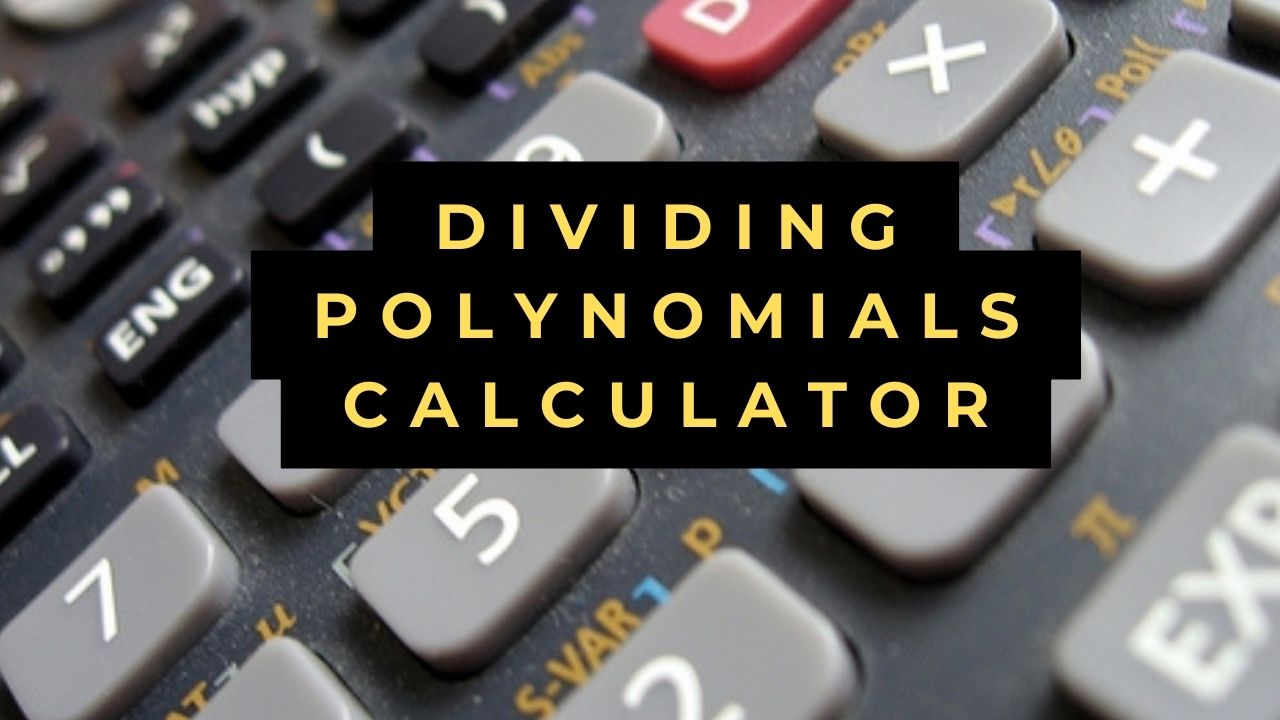Dividing Polynomials Calculator
- Dividing Mixed Fractions Calculator
- Dividing Fractions Calculator
- Dividing Decimals Calculator
- Distributive Property Calculator
Dividing Polynomials Calculator with Steps
Effortlessly divide polynomials using the Dividing Polynomials Calculator. Learn how to input polynomials, perform division, interpret results, and address common queries regarding polynomial division. Simplify your calculations today!
Table of Contents
Dividing Polynomials Calculator
Welcome to our Dividing Polynomials Calculator guide. Dividing polynomials is a fundamental operation in algebra and calculus. In this article, we’ll explore how to use the Dividing Polynomials Calculator to divide polynomials, understand its significance, and address common questions to enhance your understanding.
Dividing Polynomials Calculator Overview
Understanding Polynomial Division
Polynomial division is the process of dividing one polynomial by another to obtain a quotient and a remainder. It is analogous to long division with numbers but involves terms with variables.
Importance of Polynomial Division
Polynomial division is important for several reasons:
- Function Decomposition: Helps in breaking down complex functions into simpler components for analysis.
- Root Finding: Facilitates the process of finding roots or zeros of polynomial functions.
- Interpolation: Essential for polynomial interpolation and curve fitting in data analysis.
How the Calculator Works
Our Dividing Polynomials Calculator provides a user-friendly interface for dividing polynomials. You can input the dividend and divisor polynomials, and the calculator will perform polynomial division to obtain the quotient and remainder.
Step-by-Step Guide to Using the Calculator
- Enter Dividend Polynomial: Input the coefficients and exponents of the dividend polynomial into the calculator.
- Enter Divisor Polynomial: Input the coefficients and exponents of the divisor polynomial into the calculator.
- Perform Division: Click on the calculate button to perform polynomial division.
- Interpret Results: Review the quotient and remainder provided by the calculator.
Practical Applications
Polynomial division has practical applications in various fields:
- Engineering: Used in control systems, signal processing, and circuit design.
- Mathematics: Essential for solving problems in algebra, calculus, and numerical analysis.
- Computer Science: Applied in algorithms, cryptography, and error correction codes.
Advantages of Using the Calculator
- Accuracy: Provides accurate results for polynomial division based on the input polynomials.
- Efficiency: Saves time and effort by automating the process of polynomial division.
- Convenience: Offers a convenient way to perform polynomial division without manual computation.
FAQs
Q: Can the Calculator handle polynomial division with variables?
A: Yes, the Calculator can handle polynomial division with variables (e.g., x, y) and coefficients.
Q: What if there is a remainder in the division?
A: The Calculator will output both the quotient and the remainder of the polynomial division.
Q: Are there any limitations to the polynomials that can be input?
A: The Calculator can handle polynomials of any degree, but extremely large or complex polynomials may exceed its capabilities.
Conclusion
In conclusion, the Dividing Polynomials Calculator is a valuable tool for performing polynomial division efficiently. By following the steps outlined in this guide and utilizing the calculator’s features, you can simplify your calculations and solve polynomial division problems with ease.

